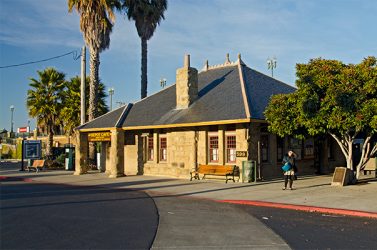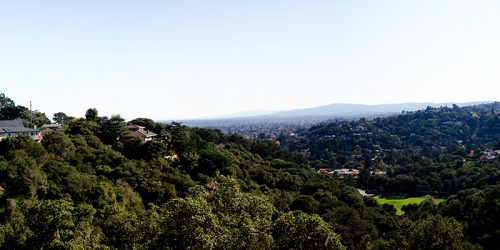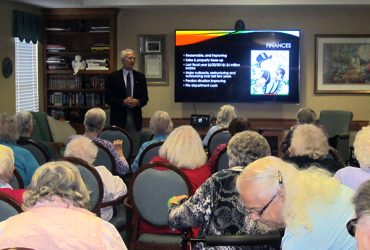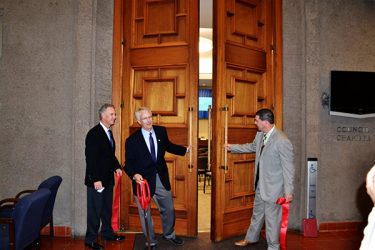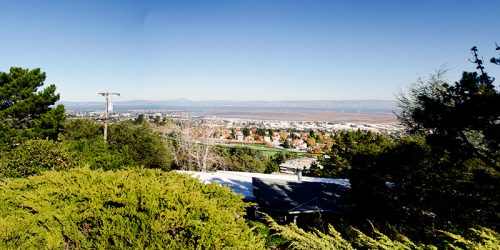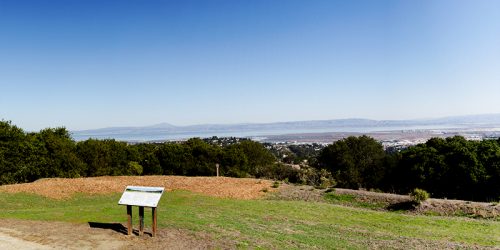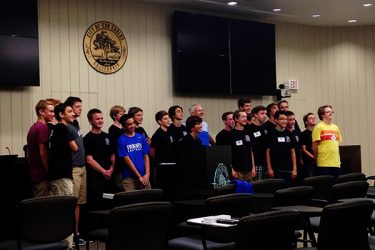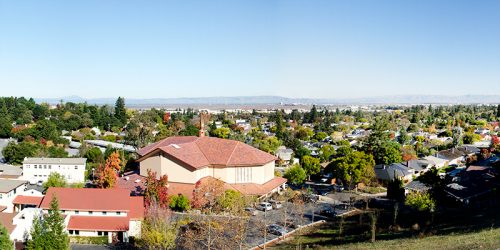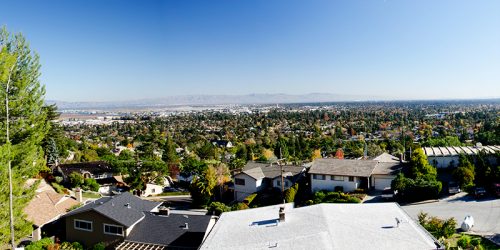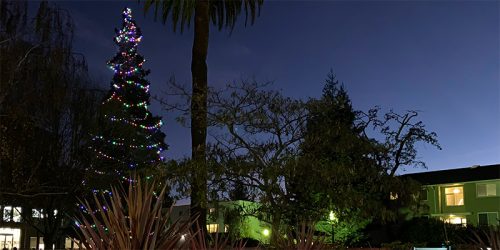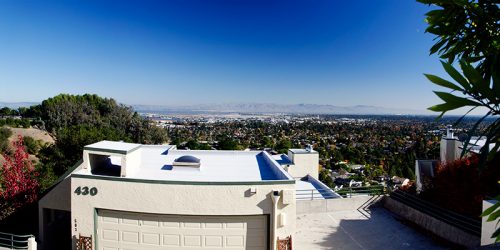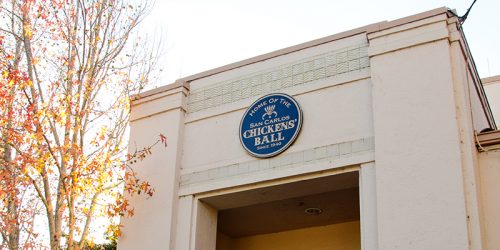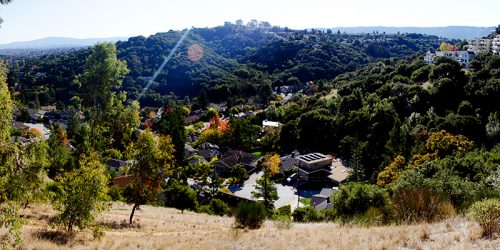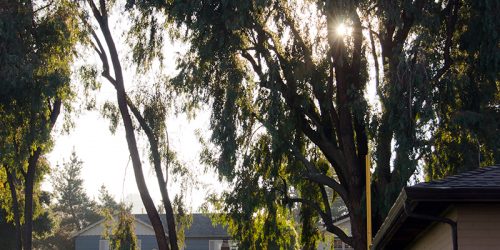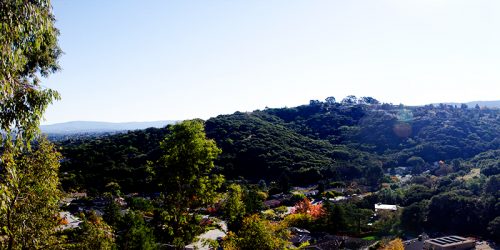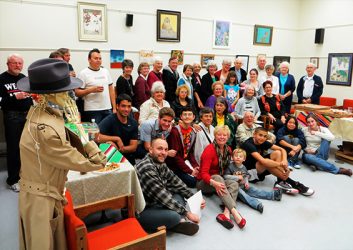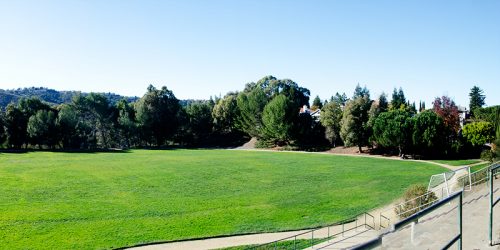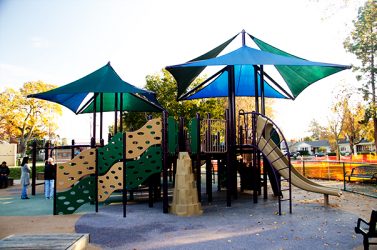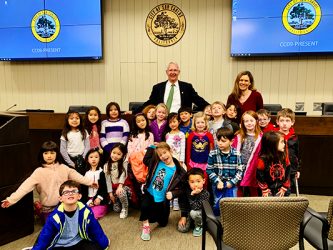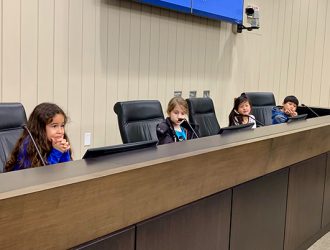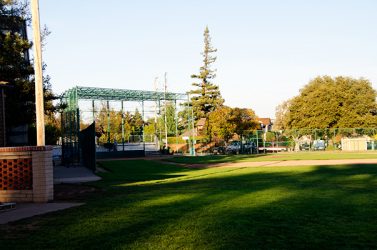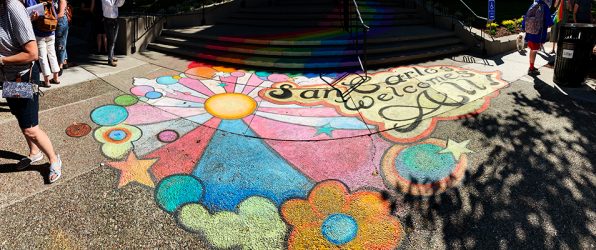This was published as an op ed in the San Mateo Daily Journal on October 17, 2013. You can find it on their site here.
San Carlos residents could be forgiven for thinking all the issues surrounding the proposed Transit Village are resolved or being successfully managed based on the staff-produced newsletter they just received. In fact, the way the article is written has led some to believe the project is already approved.
Neither takeaway is correct.
Let’s focus on just three specific issues: massing, parking and traffic. Massing, which is what architects and planners call a project’s visual impact, is a huge source of contention to our neighbors on the east side. But it’s an issue as well for everyone who lives in San Carlos, because we’ll be looking at the project for the next fifty years as we walk and drive along El Camino Real.
The Transit Village, as proposed, will fundamentally change the look and feel of San Carlos. That’s why I urged the Council, when we were reviewing the environmental impact report, to include an analysis of exactly that impact. Legal experts told me it was allowed by law. Unfortunately, the Council declined to require it. Had it been included we would be in a better position to negotiate the project’s massing. We still can. But it’s harder to do.
With parking, it’s difficult to imagine how existing issues won’t be exacerbated. Homeowners get annoyed today because a number of commuters park in front of their homes instead of in CalTrain’s lot, presumably to save money. Moving the lot far to the south, as the project does, will make this problem worse: in addition to avoiding parking fees, riders will save themselves a considerable hike by parking in surrounding areas. Yet to read the newsletter you wouldn’t even know a parking issue was raised.
The article calls the traffic impacts from the project not significant. If there is one word I would like to ban during project reviews it would be “significant”! Because while it has a technical meaning for planners, its use complicates decision-making. Significant to whom? At what level?
Anyone who drives the Holly Street corridor during rush hour, or even lunch hour, knows it is jam-packed with cars. Adding even a few vehicles to it will have an adverse impact, aggravating an already serious – and significant — problem. Yet that is the most likely route many residents of the Transit Village will take if they drive to work. True, they’ll be incentivized to use CalTrain. But CalTrain doesn’t go everywhere, and its schedule doesn’t meet everyone’s needs.
That’s why I’ve been pushing staff to get a credible plan in place to improve Holly. Even if we won’t have done the work before projects like the Transit Village get built (there are others that will impact Holly as well), we can at least establish some credit with residents that improvements are on the way. Unfortunately, that’s not happening, at least not fast enough.
It’s easy to say – and I’ve heard it said, privately, by some San Carlans — “these are all just eastside issues, and those folks chose to live there.” The Transit Village will impact all of us, not just the eastside. But, regardless, is abandoning our neighbors really the level of empathy that describes us as a community? I don’t think so; we are better than that. Our decisions must reflect our values.
We are, as a community, about to define a game-changing development. Right smack dab in the middle of town. I’ve always said I want to see something on that land. Other than the weeds that neither the City nor CalTrain seem to be able to control, despite being required to do so. But I don’t want to see something built just to fill up the space.
We only get to make this decision once every fifty years. Let’s make the best one we can, reflecting our values.
For the sake of our community and its future.
Note: after this was submitted I was reminded that (a) I’ve been pushing the Council to improve Holly Street, not staff — staff takes its direction from the Council; and, (b) it’s not clear CalTrain owns the berm. But that’s because the ownership of the right of way is insanely convoluted, involving CalTrain, SamTrans and a Joint Powers Authority which itself is composed of a number of transit agencies. But, thanks to the public sector analog of interlocking directorates, CalTrain is in there somewhere, and so can can stand as a proxy for whoever actually owns the dirt.
